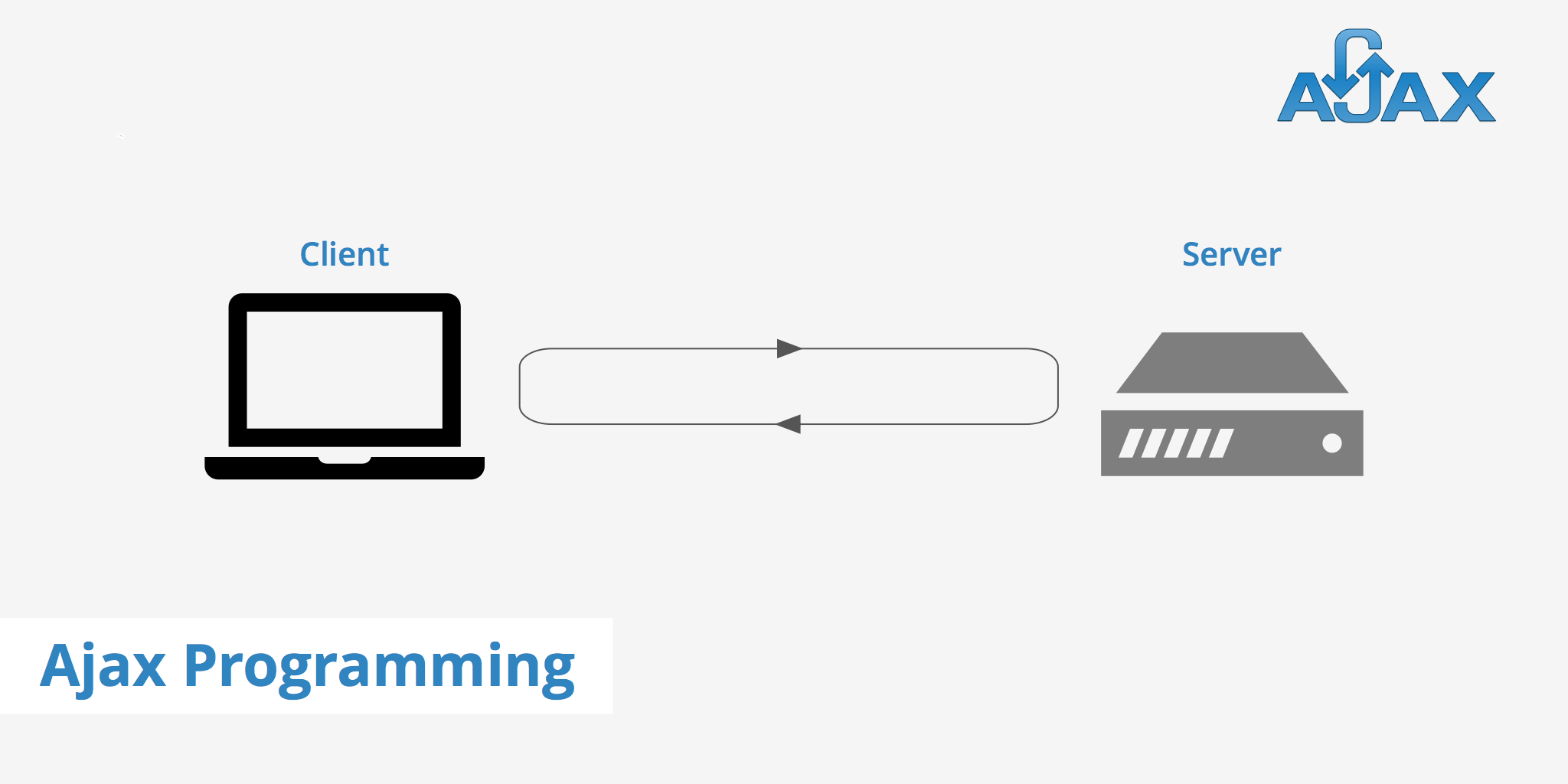Understanding Ajax: How It Works, Advantages, and Disadvantages
In the world of web development, Ajax has revolutionized the way websites and web applications interact with users. Ajax, short for “Asynchronous JavaScript and XML,” is a powerful technique that allows for dynamic and seamless communication between a web page and a server without requiring a complete page reload. In this blog post, we will explore what Ajax is, how it works, and examine its advantages and disadvantages.
What is Ajax?
Ajax is not a technology or a programming language itself, but rather a combination of existing web technologies including JavaScript, XML, HTML, and CSS. It enables web pages to make asynchronous requests to the server, retrieve data in the background, and update parts of the page without requiring a full refresh.
How does Ajax work?
Event triggers
Ajax is typically triggered by user actions, such as clicking a button or submitting a form, which initiates an asynchronous request.
Asynchronous request
JavaScript sends an HTTP request to the server in the background without interrupting the user’s interaction with the web page.
Server-side processing
The server processes the request, retrieves data from databases or other sources, and generates a response.
Data transfer
The server sends the response back to the client-side, often in JSON or XML format.
Client-side update
JavaScript processes the response and dynamically updates the web page’s content, usually by manipulating the Document Object Model (DOM).
Why Django is the Best Web Framework of Python for Your Project
Advantages of Ajax
Improved user experience
Ajax allows for a more responsive and interactive user experience, as it eliminates the need for full page reloads. Users can view updated content without interruption, leading to faster and smoother interactions.
Enhanced performance
By fetching only the necessary data from the server, Ajax reduces bandwidth usage and server load. This results in faster loading times and better overall performance.
Increased interactivity
Ajax enables real-time updates and dynamic content loading. It allows users to interact with web applications more fluidly, such as auto-suggestions in search fields or instant validation of form inputs.
Seamless integration
Ajax can seamlessly integrate with existing web technologies and frameworks, making it a versatile choice for enhancing the functionality of web applications.
Disadvantages of Ajax
JavaScript dependency
Ajax heavily relies on JavaScript, which means that users with JavaScript disabled in their browsers will not be able to benefit from the enhanced functionality.
Complex implementation
Implementing Ajax functionality can be more complex than traditional web development approaches. It requires careful handling of asynchronous requests, server-side processing, and client-side updates, which may increase development time and complexity.
Potential for misuse
Ajax can be prone to misuse, leading to security vulnerabilities such as cross-site scripting (XSS) and cross-site request forgery (CSRF). Developers must be vigilant in implementing proper security measures to mitigate these risks.
Search engine optimization (SEO) challenges
As Ajax dynamically updates content on the page, search engine crawlers may have difficulty indexing the updated content, potentially impacting the discoverability of the website’s content.
Ajax has transformed the way web applications interact with users, offering enhanced interactivity, improved performance, and a smoother user experience. By leveraging asynchronous requests and dynamic updates, Ajax allows web pages to load and update content without the need for full page refreshes. However, it is essential to consider the disadvantages, such as JavaScript dependency, implementation complexity, security risks, and SEO challenges, when deciding to incorporate Ajax into your web development projects. With careful planning and implementation, Ajax can be a powerful tool to create dynamic and user-friendly web applications.

